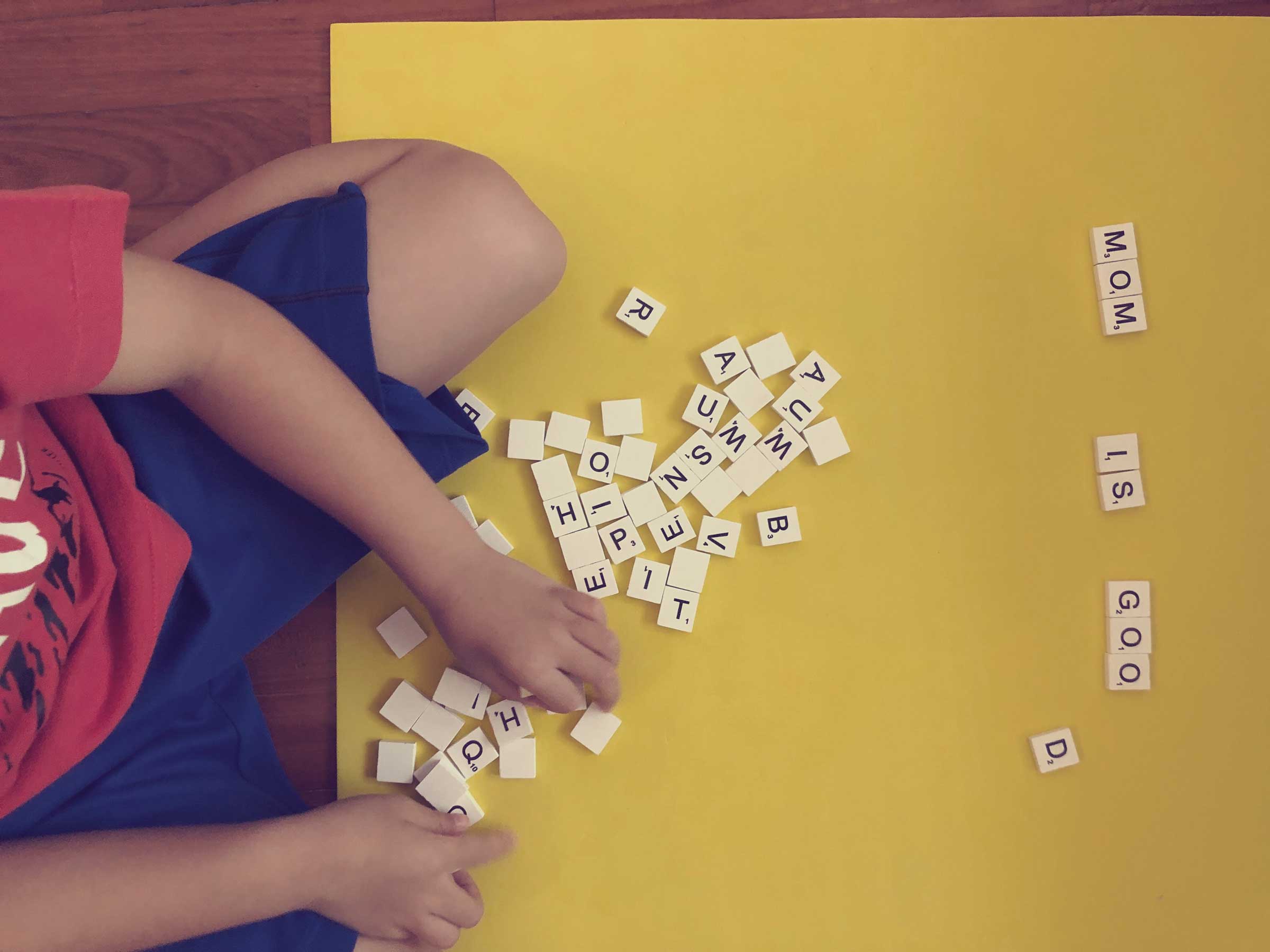Raising bilingual kids has become increasingly popular in recent years, and for a good reason. Bilingualism has many benefits for children, from improved cognitive development to increased confidence. But navigating the process of raising bilingual kids can be tricky.
In this post, we’ll explore the benefits of bilingualism, why it’s important for kids to learn a second language, how parents can encourage their kids to become bilingual, why schools fail to teach kids a second language, and what resources are available to parents who want to give their kids the gift of bilingualism.
The Benefits of Bilingualism

Raising bilingual children has numerous benefits. Studies have shown that bilingual kids perform better in math, reading, and other academic areas. Bilingualism also boosts brain power and increases cognitive flexibility. It can help children to be more creative and think critically about language.
In addition to the cognitive benefits, learning a second language can give your child more opportunities in the future. Knowing more than one language can open doors to new cultures and global experiences and help them connect to their heritage. It also gives children a greater appreciation for diversity and can prepare them for a world with multiple languages.
Language development is a complex process that takes time and dedication, but it’s worth the effort. A bilingual child is more likely to have better communication skills, be more open-minded, and consequently be more successful in life.
Encouraging Language Learning

One of the best ways to encourage language learning is to be a role model for your children. When parents speak two languages, kids are exposed to both and can learn from examples. Kids from bilingual families are more likely to be able to communicate in both languages as they are exposed to both at home. Parents can also help their kids learn by speaking the language they want them to learn. When you speak a language that your child does not understand, it encourages them to try harder and listen more closely. Parents should also make an effort to introduce their children to books, movies, music, and games in the language they are learning.
It’s also important for parents to communicate with their children in both languages and encourage them to practice speaking to them. Parents should be patient and supportive when their kids make mistakes and remind them that it takes time to develop fluency.
But if you don’t speak a second language yourself, don’t worry. That’s an excellent opportunity for you to join them and learn a language together. Local community centres, libraries, and universities often offer language classes and activities for kids and adults. There are also many websites, apps, and online resources that can help you and your children learn a second language from the comfort of your home.
1. Plan
Learning a new language is not an accident. It requires consistency, dedication and a plan. First, decide which language you want your children to learn and how often they should practice it. Set realistic goals that account for their age and other activities. It’s important to involve them in this process so that they understand the importance of bilingualism and become invested in learning the new language.
2. Make it Fun
Kids learn best when they are having fun, so make language learning an enjoyable activity. Try interactive games, storytelling and creative activities. Don’t forget to praise them when they do well and never punish or criticize them for making mistakes.
3. Make it Interesting
Make language learning enjoyable by introducing your kids to people and places where the language is spoken. Teach them about the culture, music, and food associated with that particular language. A trip to a local cultural centre can be an excellent experience for them.
4. Create Exposure
The best way to learn a language is to be exposed to it. So have your children watch movies, TV shows and videos in the language they are learning. Read books with them and look for other ways their new language can be embedded into everyday activities. And when possible, it’s always a good idea to travel to a country where the language is spoken.
5. Practice Every Day
Speaking a second language requires practice, so set aside time every day to practice with your children. This can be something as simple as learning the days of the week in another language or having a conversation in the new language. Anything encouraging them to use and understand their new language will help them become fluent over time.
6. Use Technology
Take advantage of digital tools such as apps, websites and videos to help your kids learn the language. There are plenty of helpful resources available that can help enhance their language learning journey.
7. Don’t Compare Your Child to Other Children
Each child is unique and learns at their own pace. Don’t compare your child’s language ability to other children’s, as this can be discouraging and lead to frustration. Instead, focus on the progress they are making each day.
8. The Earlier You Start, The Better
It’s never too early to start helping your children learn a second language. Even babies can benefit from hearing and learning words of another language, as it will foster their curiosity about the world around them. Also, it’s never too late to start learning a language. If your child is already in school and hasn’t learned a second language yet, it’s not too late to help them start.
9. Be Patient
Above all, be patient with your kids. Language learning is an ongoing process that takes time and practice.
Learning a second language can be an incredibly rewarding experience for both children and parents. By following these tips, you can give your kids the opportunity to explore new cultures and open up their world in ways they never thought possible. It’s an invaluable gift that will last them a lifetime.
Why Schools Fail to Teach Kids a Second Language
Unfortunately, many schools fail to properly teach kids a second language. This is due in part to budget constraints and a lack of qualified teachers. Schools may also focus more on rules and grammar than nurturing conversation and communication skills.
Also, most schools are not equipped to teach children a second language. Instead, the focus is often placed on English and other core subjects, leaving little time or resources for teaching kids a foreign language.
Furthermore, the approach used by many schools to teach languages can be ineffective. Without opportunities for immersion and conversation, young learners can quickly become disinterested and unmotivated.
Conclusion

Fortunately, there are a variety of resources available to help parents teach their kids a second language. There are books, videos, apps, websites and online courses that can be used to supplement what kids learn in school or even as an alternative to traditional language programs.
Language learning can be fun, engaging and rewarding for children. With the right resources and guidance, parents can give their kids the gift of bilingualism and open up a world of possibilities for them in the future.
The benefits of bilingualism are numerous, and encouraging your child to learn a second language can be one of the most rewarding experiences as a parent. With dedication and the right resources, you can help your kids become fluent in two languages, unlocking opportunities for them that were previously unavailable. It’s an incredibly valuable gift – one that will pay dividends for the rest of your child’s life.







